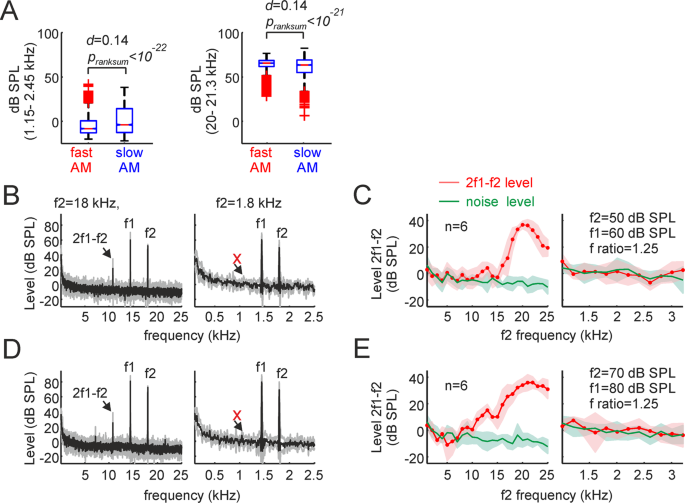Since the units of ktb are watts hz calculate the noise floor in the channel bandwidth by multiplying the noise power in a 1 hz bandwidth by the overall equivalent noise.
Dropped noise floor at carrier frequency.
If the carrier is considered as dc the frequencies measured with respect to the carrier are referred to as baseband offset from the carrier modulation noise or fourier frequencies.
Residual noise forms the noise floor.
The noise power in the receiver intermediate frequency if filter bandwidth that comes from ktb.
The system designer usually specifies a carrier to noise ratio.
In signal theory the noise floor is the measure of the signal created from the sum of all the noise sources and unwanted signals within a measurement system where noise is defined as any signal other than the one being monitored.
A reduction of 9 11 db in the noise floor level is realized between the city and rural environments over the 300 khz to 100mhz band.
The 150 mv dropped across rl in the bottom ground return line arises from the 30 ma of current flowing in 5 2 w of lead wire resistance.
Modulation related frequencies are designated f.
When both carrier and noise are measured across the same impedance this ratio can equivalently be given as.
In radio communication and electronics this may include thermal noise black body cosmic noise as well as atmospheric noise from distant thunderstorms and.
For this reason the term minimum discernable signal mds is often used interchangeably with noise floor.
Knowing the spectrum analyzer danl and looking at the noise source with noise on if we can see the jump in noise floor.
However some references take the mds to be 3 or more db higher than the receiver noise floor.
The voltage adds to the.
Place the spectrum analyzer in video averaging mode and get the noise floor average across frequency or danl in db.
Letter 1 represents frequency for carrier related measures.
Building a completely noise.
The level of the noise floor determines the lowest strength signals that can be received and therefore the noise floor level is an important characteristic of any radio.
The carrier to noise ratio is defined as the ratio of the received modulated carrier signal power c to the received noise power n after the receiver filters.
This data clearly shows that the medium frequency am band is significantly more affected by the noise floor than the vhf uhf or mobile cellphone service bands.
At this point we would like to know the noise floor in our receiver i e.
Where and are the root mean square rms voltage levels of the carrier signal and noise respectively.
High frequency noise while computers and other electronic equipment generate noise in all frequency ranges.








